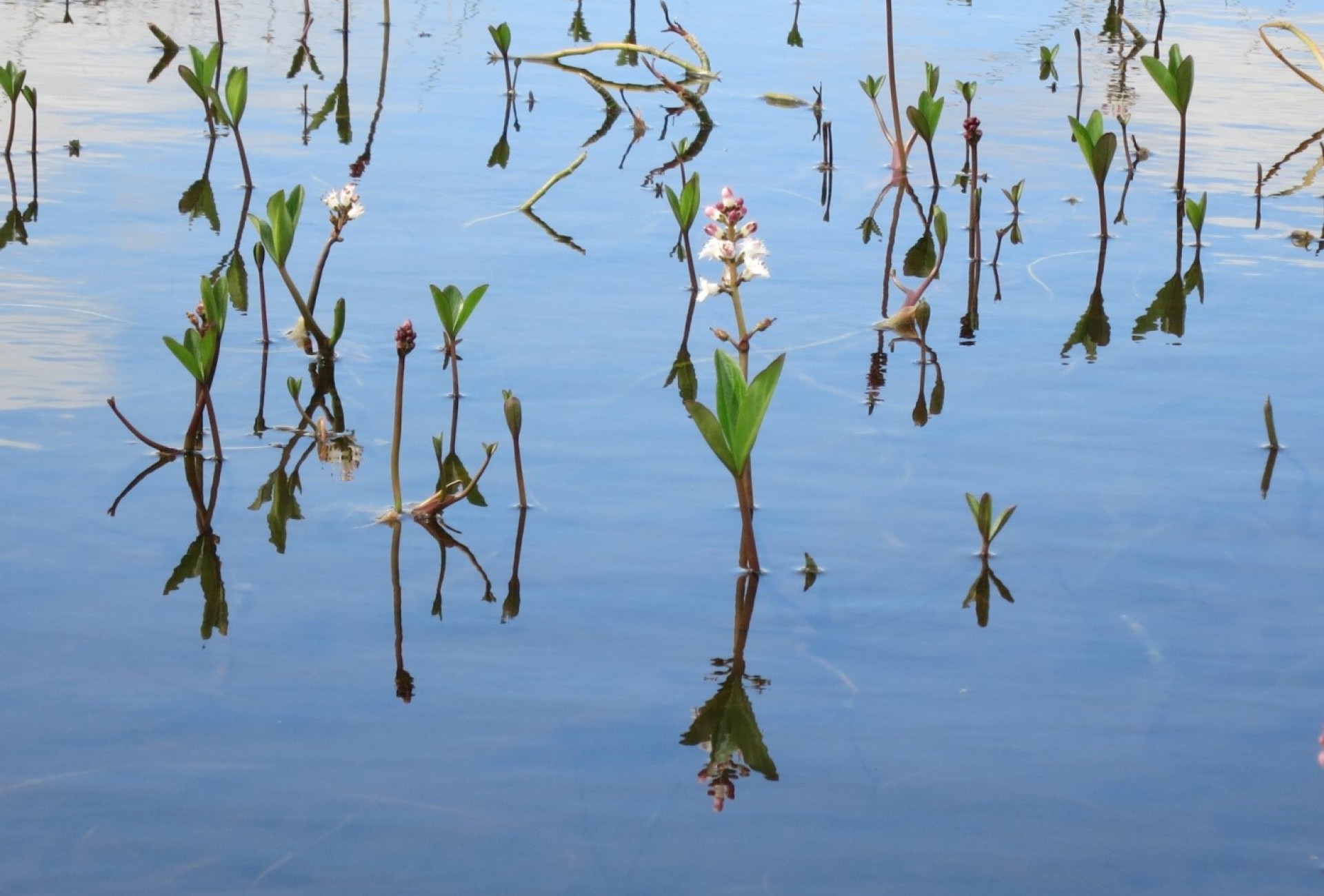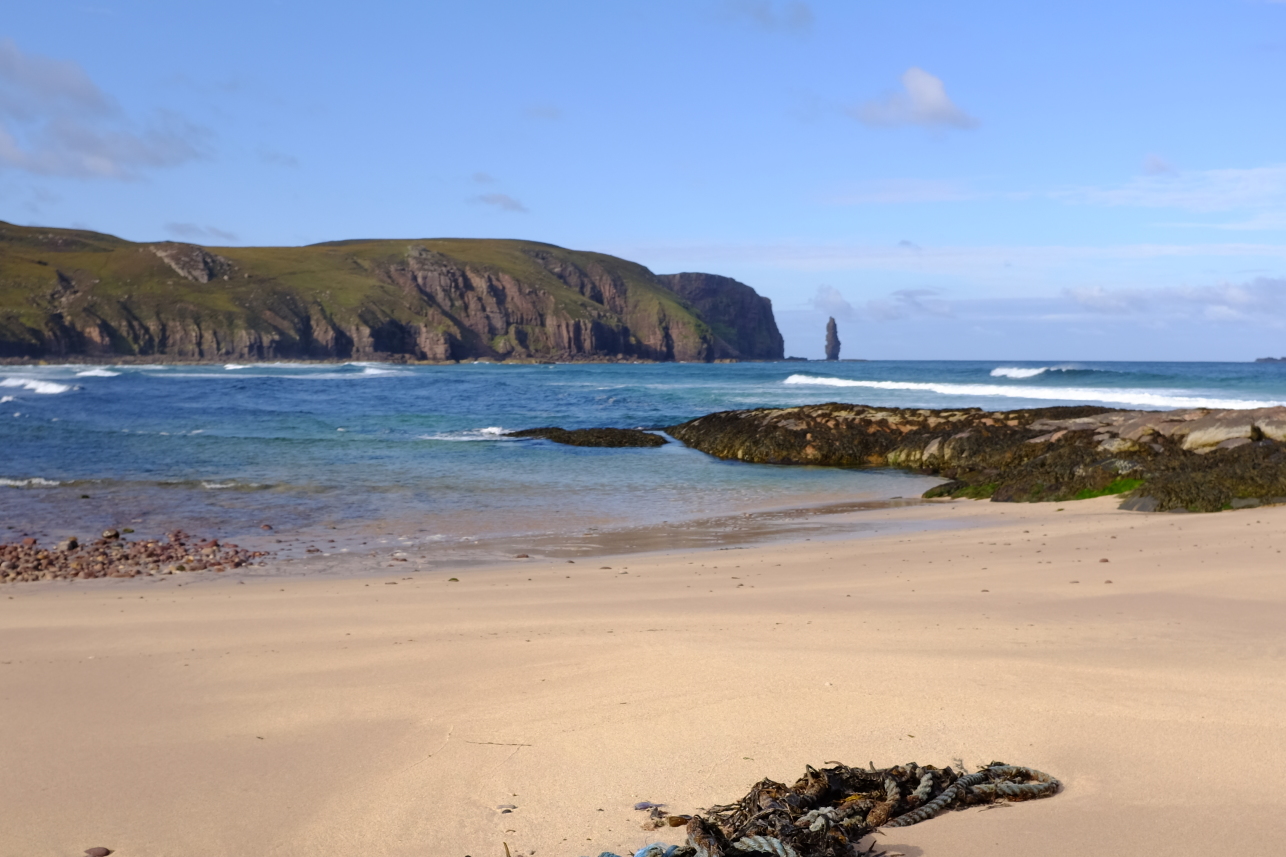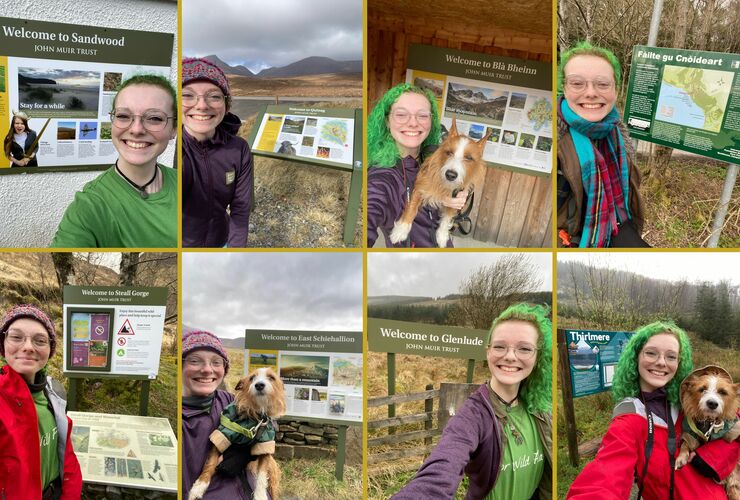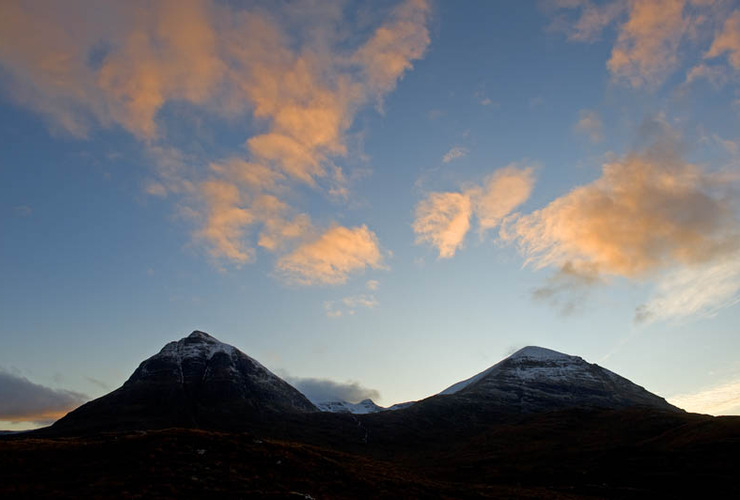Field Notes: A walk to the flows
Take another virtual walk with our conservation officer Carrie Weager as she files the latest entry in her Sandwood Country Almanac
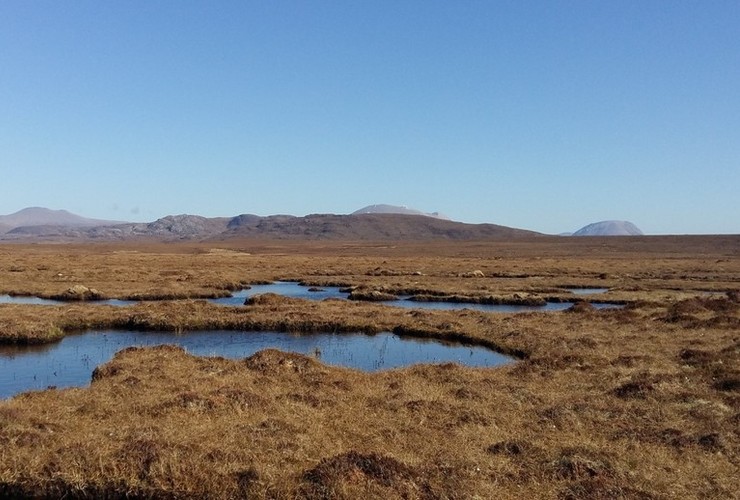
Working indoors this week, resisting the call of the cloudless Sandwood skies and a busy spring garden, has been a challenge. Most of the expected spring migrants are now here, with this week seeing the arrival of whimbrel, a chiffchaff and (my favourite), a cuckoo. More swallows have joined the lonely soul who arrived over a week ago, and a sedge warbler is chattering angrily among the reeds along the burn. Despite the strong sunshine, a chilly north breeze makes me pick up my hat as I leave the house on my evening walk.
Entering the gate at the start of the Sandwood track at Blairmore I notice a single remaining whooper swan on Loch Aisir. It is late in the spring to see one, the rest having left for their Icelandic breeding grounds in April. This may be one of the few that remain here year-round.
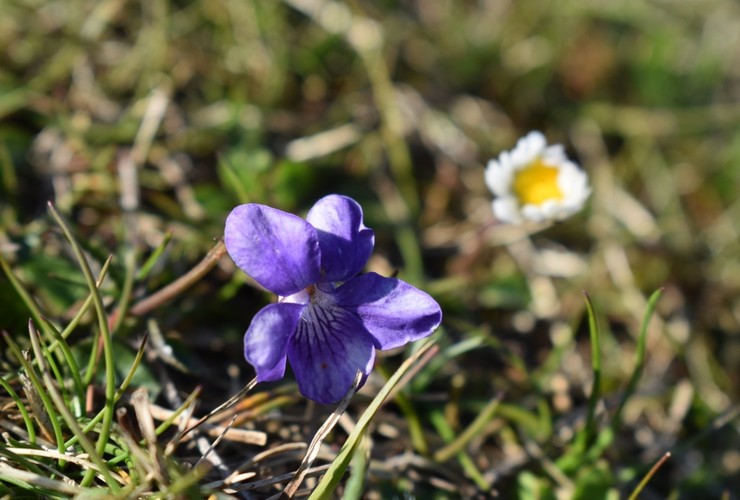
The wild flowers to either side of the track are appearing quickly now, with tormentil, milkwort and lousewort among those to join the dog-violets since my last walk here.
Cows on the common grazings by Loch na Gainimh (loch of the sand) ignore me as I cross the ford, while further on a ram is even less concerned by my presence. This often makes a nice swimming spot – maybe not today. A greenshank, back on territory for a month already, watches me nervously from a rock as I pass by.
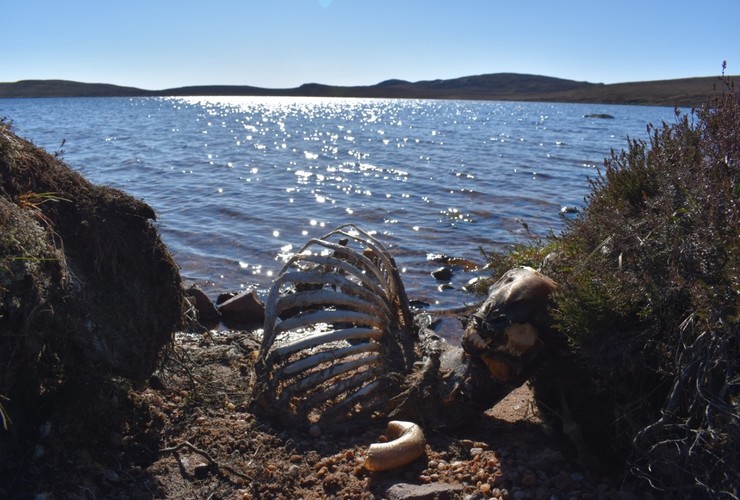 There has been little rain for weeks, spelling disaster for the tadpoles who lived in the puddles along the edges of the track. One shrinking pool provides a refuge, but the forecast rain for later this week can’t come soon enough for them.
There has been little rain for weeks, spelling disaster for the tadpoles who lived in the puddles along the edges of the track. One shrinking pool provides a refuge, but the forecast rain for later this week can’t come soon enough for them.
I leave the path here to walk out onto the ‘flows’ – a marshy area of blanket bog and bog pools, where the landscape feels as much water as land – one of our most valuable habitats. The peat here is metres deep, and with a growth-rate of only 1mm per year it will have taken thousands of years to form. Sphagnum mosses and other vegetation don’t fully decay in this environment, meaning that the carbon they capture in life is stored rather than being released back into the atmosphere. Maintaining an active, healthy layer of surface vegetation is vital in ensuring this process continues undisturbed.
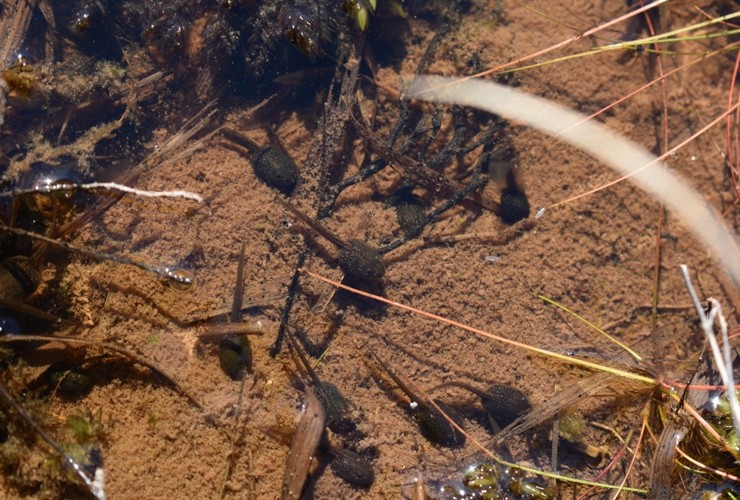
At first my wellies seem a little redundant today, with the parched vegetation crunching beneath my feet. In these conditions wildfires are a very real threat, as has been seen in other areas of the Highlands in recent days.
Fluffy heads of cottongrass have appeared, and the fresh young growth and yellow flowers of deergrass have begun to come through. Despite this, even in the bright sunshine the land here is still tinted by the pale brown hues of winter. The vibrant greens and buzzing life of the growing season are brief and, although awakening, haven’t quite reached full-swing yet.
As I walk among the pools I notice the bog bean is coming into flower. The ground here moves and floats with my feet, a feeling I still find slightly unnerving despite walking here often. A small disturbance in the water just ahead catches my eye – was it a newt?
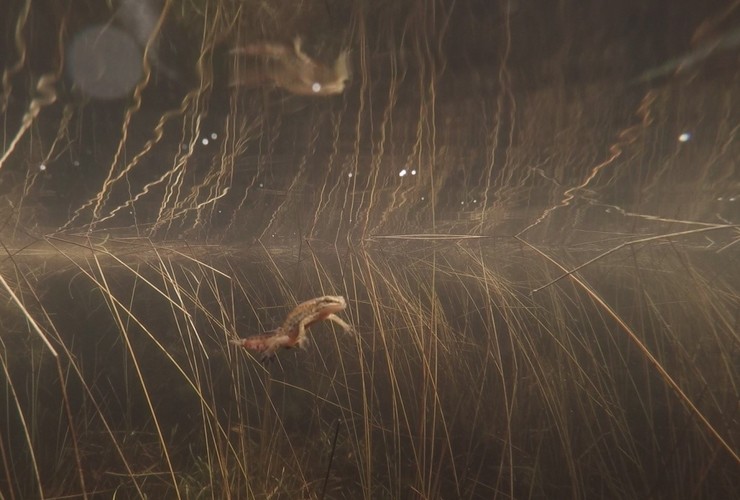
Last month I came across a lochan full of palmate newts in frenzied breeding mode, who were far less concerned about being watched!
As I make my way back to the track I listen to the lonely call of a golden plover somewhere behind me out on the moorland, and I laugh to myself when I realise how much I anthropomorphise bird song – a lonely plover, an angry sedge warbler, a sad willow warbler. I’m sure they’re all just as content as I am to be here.
- For more of the 'Sandwood Country Almanac' Carrie is compiling, read about her walk between beaches and tracking an otter.
